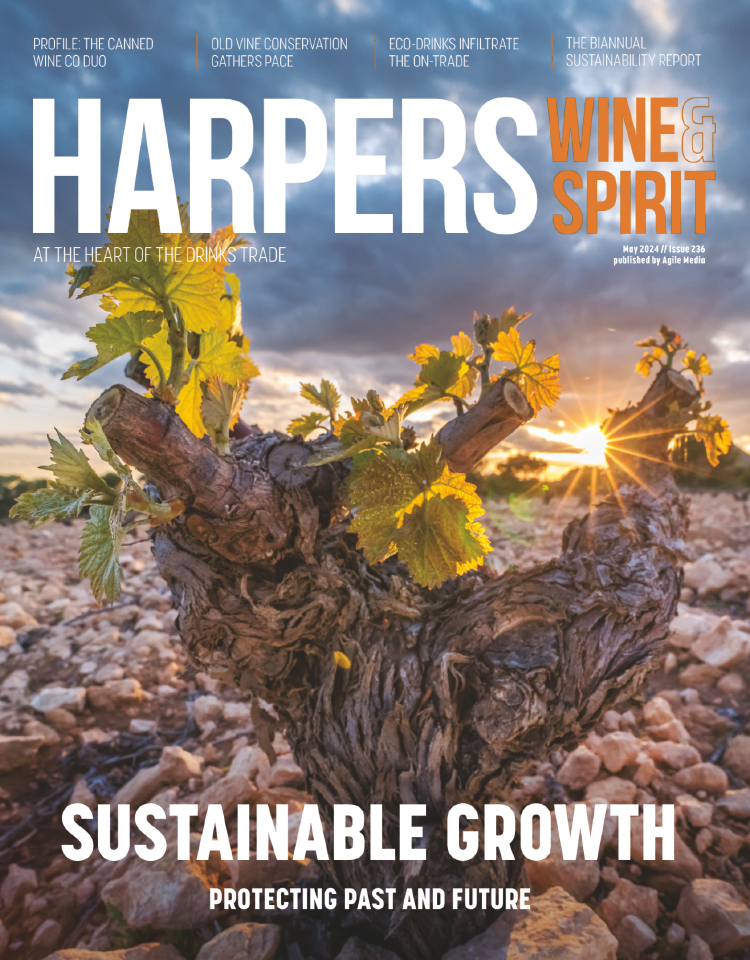
Castilla y León hails 2017 harvest as most difficult
The 2017 vintage in Castilla y León has been hailed as one of the most unusual in the region's history, as local vignerons deal with the aftermath of one of the most difficult growing seasons on record.
Matthew Roberts, export director at Mauro winery, told Harpers it was hard to imagine a more difficult vintage than the 2017 harvest - the earliest on record.
"Frost, hail, drought; 2017 threw every possible viticultural challenge at us,” he said.
“The drought ensured that yields were lower this year, so we had to purchase grapes from growers to supplement our needs,” he added.
In addition, Roberts said that due to concerns about maintaining freshness in the context of rising temperatures, the estate's owner, Mariano Garcia, was increasingly experimenting with varieties such as Syrah in Tuleda del Duero and Touriga Nacional in Toro, where the families sister winery, Bodegas San Roman, is located.
“We planted Touriga Nacional in Toro as it maintains a high acidity even at optimum levels of ripeness, and therefore is a highly useful blending component in our wines,” he explained.
However, Roberts also conceded that the DO rules specify that Touriga Nacional can only be planted for experimental purposes, and cannot be incorporated into the final blend, a rule the winery has overlooked.
“Global warming and climate change is clearly a concern for all winemakers in this part of Spain, and we wanted to be proactive in ensuring our wines don't become unbalanced – I'm sure the DO will adapt the rule in time.”
Alvaro Perez Navazo, head of marketing and PR at Abadia Retuerta (located just outside of the RDD zone), agreed that“maintaining freshness in our wines is the major challenge facing Abadia Retuerta over the next decade”.
To that end, the winery has increased its hectarage of Syrah and Cabernet Sauvignon in recent years, and is now celebrated as much for its varietal expressions, as for the flagship blend, Selección Especial.
“Everyone in the region is mindful of climate change, which is why other varieties are increasingly becoming important,” said Perez Navazo.
However, the Consejo Regulador stipulates that Tempranillo must constitute no less than 80% of the final blend in Ribera del Duero wines.






